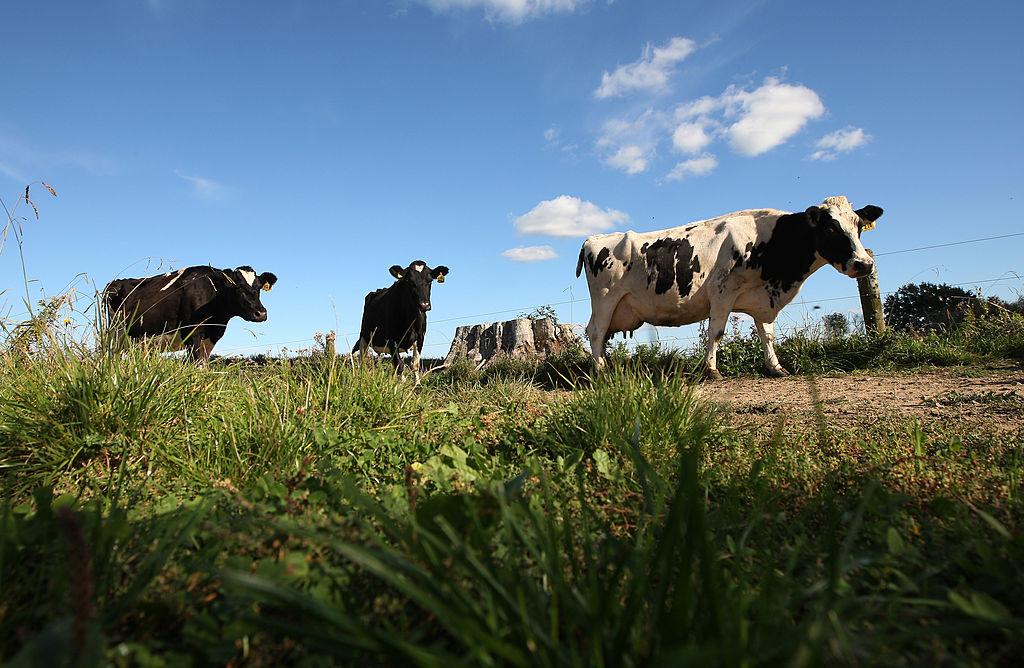The New Zealand government has taken on the proposal by the farming sector for a separate pricing system on greenhouse emissions, which includes paying tax on the methane produced by livestock, most notably its cows and sheep.
In June, the He Waka Eke Noa, a partnership between agriculture leaders and the government, proposed that farmers calculate individually and pay for their methane and nitrous oxide emissions rather than based on national averages.





